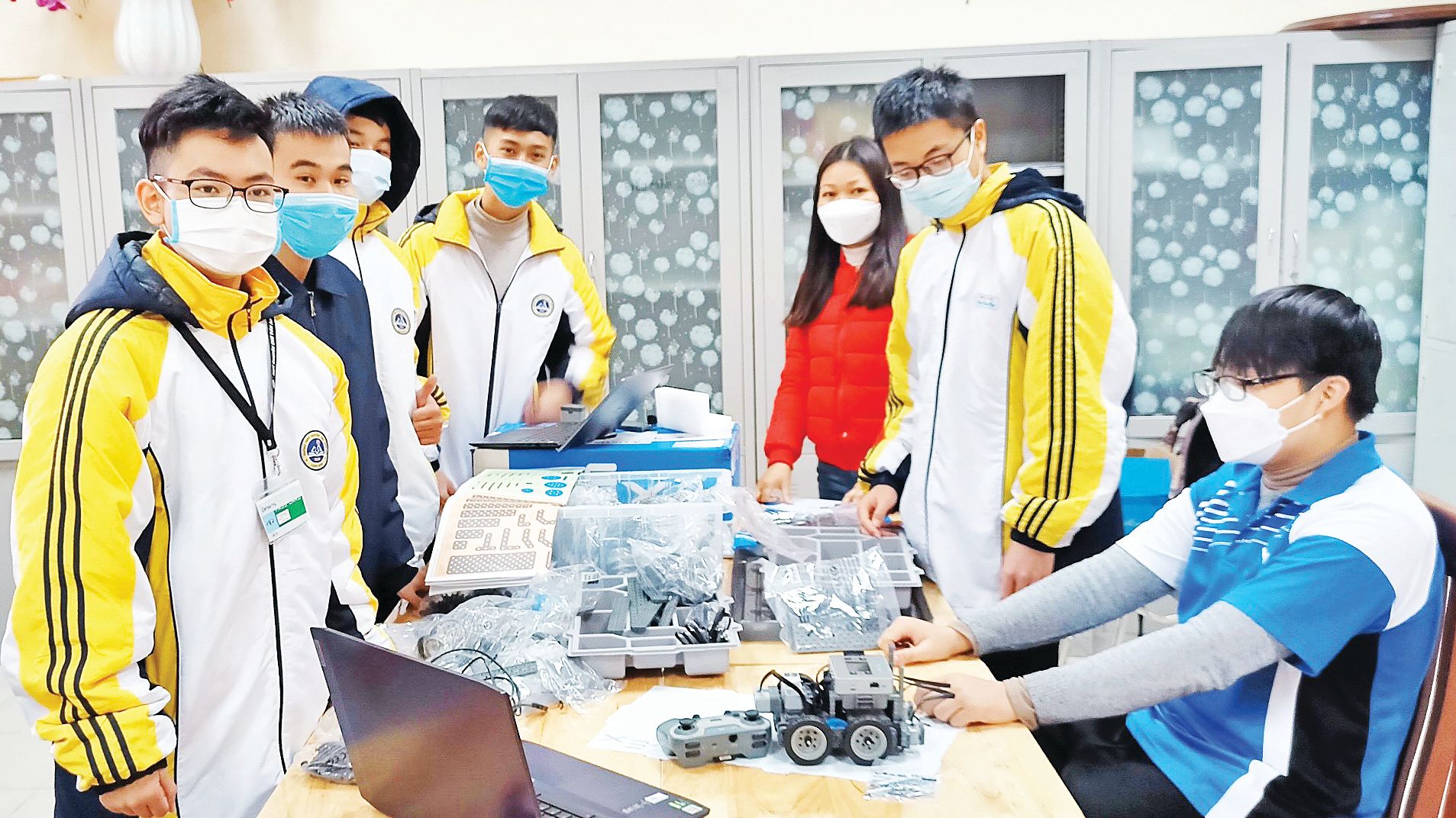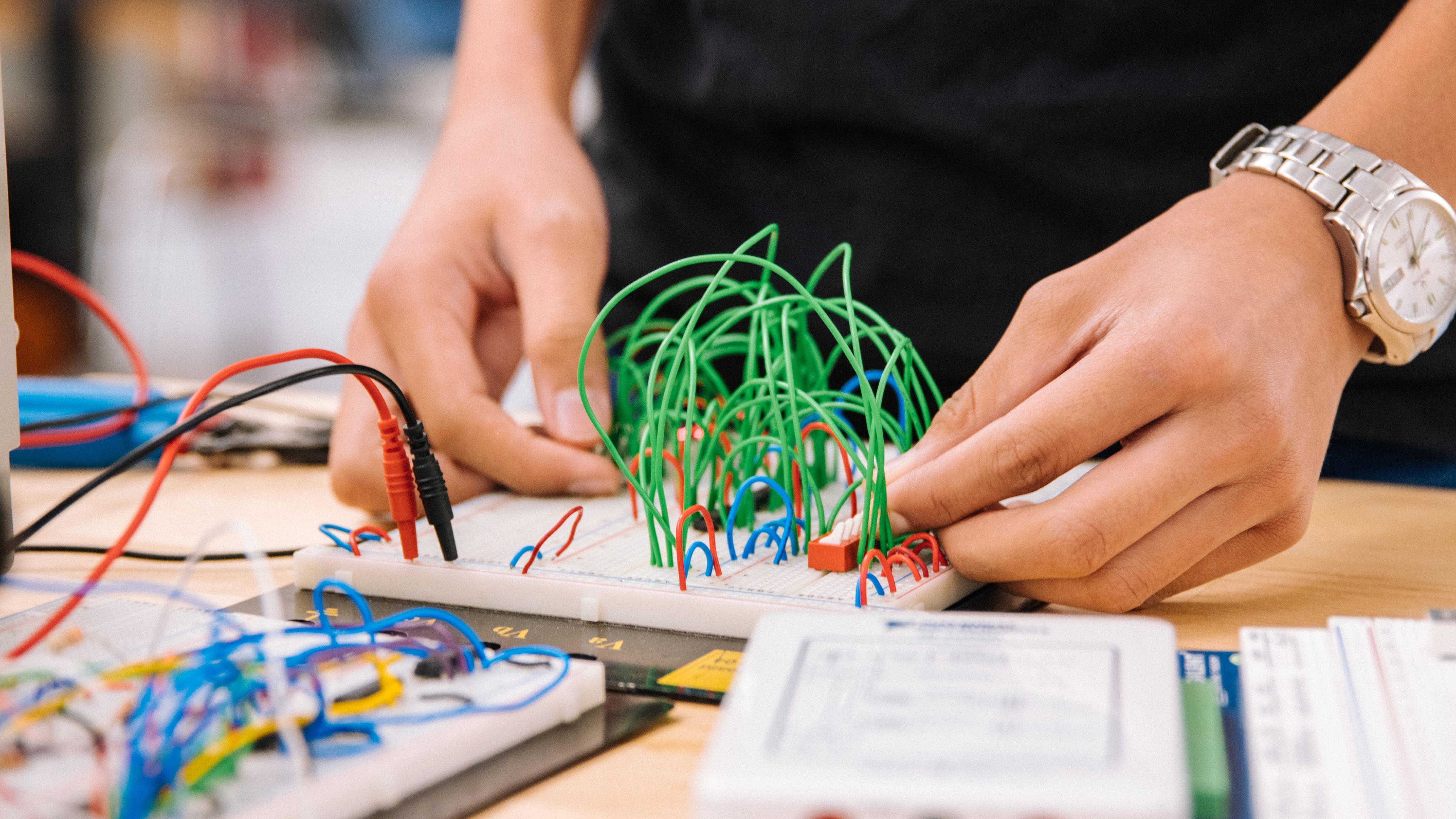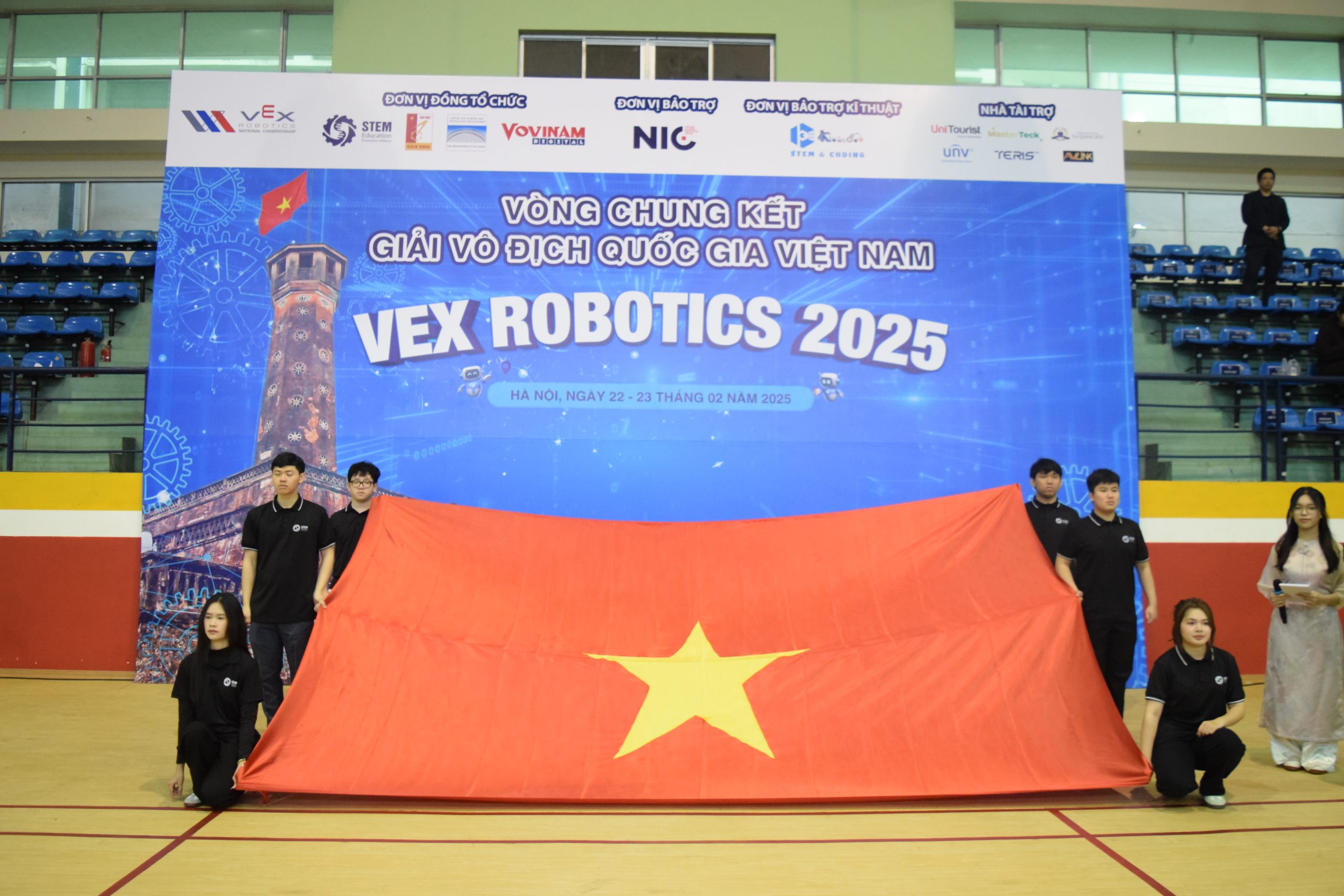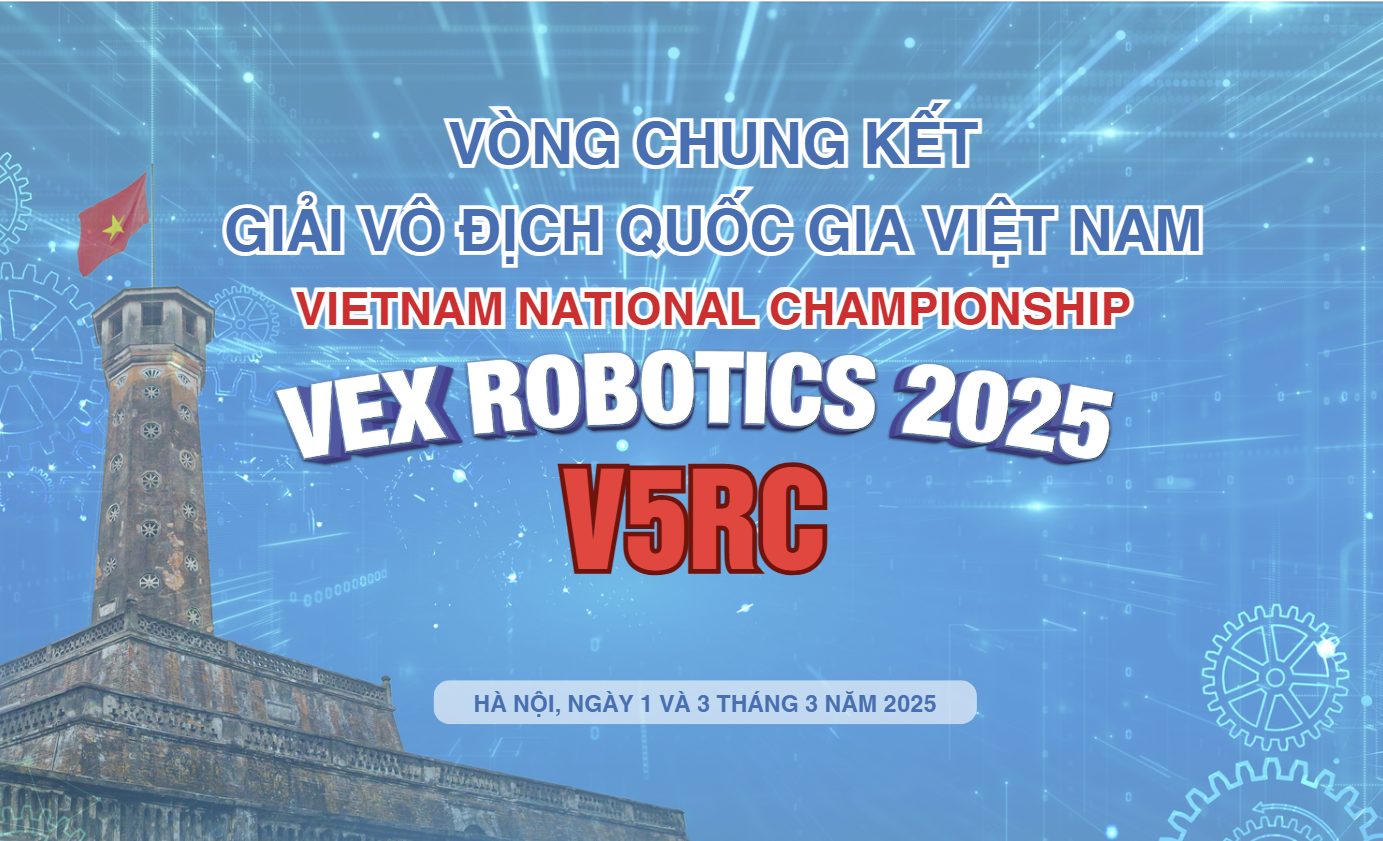After many years of studying and studying abroad, Dr. Dang Van Son (Vietnam National University, Hanoi) and his colleagues in the Vietnam STEM Alliance have rolled to research, introduce, disseminate, inspire, and train STEM education models to teachers and students in many localities…and have achieved positive initial results. Dr. Dang Van Son shared with The People every month about the efforts and initial successes in this new field.
Appearing in Vietnam not long ago, the concept of STEM education is becoming a trend of social interest and choice. In the new general education curriculum and textbooks, the Ministry of Education and Training has officially introduced the STEM education model. According to him, with the general education infrastructure still lacking, limited, and inadequate as in Vietnam, the mass deployment of STEM education models, will it cause more difficulties for teachers and students.
First of all, we need to understand the nature and concept of STEM education to avoid confusing it as something very new, very difficult to do, very expensive… For example, in the US, stem education is a policy to develop education in STEM subjects (science, technology, engineering, and math) to attract high-quality resources to study STEM subjects, which is still considered difficult in the US and Vietnam. To attract learners, it is necessary to change thinking, methods, methods, and teaching programs. Therefore STEM education was born with the purpose of helping students become more interested in STEM subjects.
There are many forms to make STEM subjects more interesting, more applicable, and more connected to life such as STEM integrated teaching, STEM project teaching, STEM experiences… In Vietnam, the overall general education curriculum 2018 is still basically built in the traditional way through subjects, however, in subjects such as science (grades 4, 5, 6, 7, 8, and 9), technology, mathematics, and computer science, the Drafting Board emphasizes the organization of STEM education models for these subjects with the desire to be able to integrate some topics of subjects or connect life with STEM subjects. This is the right orientation, empowering teachers and schools to find topics that can integrate or organize STEM activities for knowledge parts of components or interdisciplinary or integrated subjects. Also in 2020, the Ministry of Education and Training issued Official Letter 3089 guiding schools to organize STEM education activities in schools through three forms: in subjects, in club activities, and in experiential activities. The implementation is still difficult, so the results are not much. STEM education is not about adding a subject or putting more machines in schools, but about changing the way STEM subjects are taught and learned.
STEM education cannot overload learners and teachers because it still has only so much knowledge content. The difficulty is how to express, teachers want to organize STEM education activities to work more, prepare more materials, and think more… causing the situation of not wanting to do it from the teacher. Because organization costs effort and even money, if teachers want to organize activities that require a lot of consumable materials, many localities and schools do not want to do or do not know how to do it. That doesn’t mean STEM education is expensive. The topics and activities of STEM education are built from the local context, so raw materials and human resources can be searched from the locality. Cost or not is due to the way of doing, the way of organization of teachers and schools.
What are the benefits of STEM education?
The object of education is students, so the benefit of STEM education is that it equips students with the necessary competencies for the 21st century with a lot of changes in thinking about working facilities and many things that we have not known before. The advantage of STEM education for Vietnamese education in particular is that it contributes to changing the teaching and learning mindset of teachers, schools, and managers because one of the basic points of STEM education is to connect life with schools and subjects, thereby helping students form the necessary thinking and knowledge and skills in STEM fields.

Students and teachers of Chu Van An, Lang Son Specialized High School Robot Club prepare to learn Python programming language with vex IQ robot donated by STEAM FOR VIETNAM and VinUni University.
STEM education in the visualization of many people, just programming and robotics? Do you think this perception is accurate?
Recently, in Vietnam as well as in the world, we see the rapid and strong changes in scientific and technological achievements. Therefore, technology education is much more focused and especially related to robotics, programming, automation, and artificial intelligence, this is an opportunity for subjects that have not been focused before such as informatics in schools. Robotic and programming activities are also easy to see results, and easy for communication to mention. But STEM education in the field of robotics and programming also makes many people afraid, especially teachers of the previous generation. Referring to STEM, many people are shy or anxious because they feel it is too new and can be difficult. But our robotics STEM universalization programs have made it possible for teachers even in the high mountains of Lao Cai or Ha Giang to teach robotics or programming. Because the performance of robots or programming is so strong, people forget that the rest of STEM education is about other component subjects such as science and math. These are foundational subjects for stem activities related to programming or robotics. Through robotic activities, students can also learn math or science content, which is the advantage of integration in STEM education. STEM education activities related to science and math still exist strongly in parallel with robotic learning activities, so it can be said that STEM education has many subjects, many ways of learning, and many forms of expression, not just robots. But robots are a means of inspiration, a dream to be conquered by students and teachers, so it is the most prominent part of STEM education. In the current era, we talk a lot about digital transformation, and the industrial revolution, so robotics and programming are both an important part and a topical factor.

Image: Internet Source
To spread and inspire STEM education to the community, he and his peers in the stem Coalition traveled to remote, rural, and mountainous areas to coordinate the implementation of stem activities and achieve many positive results. From his actual record, is it true that in difficult areas, the education sector has paid more attention to promoting and facilitating STEM education than in big cities?
In the city area, students have a lot of activities in a day especially exam pressure and quite heavy achievements. In rural and mountainous areas, exam pressure is still high, although extracurricular activities are still quite small. Similar to meals, if you add meat to the meal city students may not be interested, but students in other areas will be happy. Therefore, STEM education activities will be more welcome in mountainous and rural areas. Teachers or educational administrators in these localities also received more enthusiastically in the city area. Another important point in the mountainous countryside is that students there have a very good space and experience environment that city students cannot get. This is also an advantage of mountainous rural areas in STEM education activities. The localities where we have implemented training and support such as Lao Cai, Lang Son, and Ha Giang… have all made positive changes in promoting STEM education in the locality. In particular, Lao Cai where STEM education has entered the local education policy through a resolution of the provincial People’s Council in 2021.
But what if we had a generation of students who only liked programming, robots, chess, and math…?
As discussed above, STEM education is only part of the general education curriculum in Vietnam and other countries. The purpose of STEM education is to develop scientific and technical human resources due to the severe shortage of this force in the past time. Looking back at the high school graduation exams in Vietnam in the past few years, the percentage of students choosing natural science subject combinations to take the exam has also decreased significantly, only about 35% in the last school year compared to students choosing social science subject combinations to graduate. STEM education is not intended to replace all general education activities but only focuses on STEM subjects. Therefore, the need to integrate more social elements into STEM activities has been set, so there are more concepts of STEAM education in which the letter A is art (art) as a way of integrating artistic, human and social elements into STEM activities, creating a balance between human and social elements with natural and technical elements.
Sincerely thank Dr. Dang Van Son.


